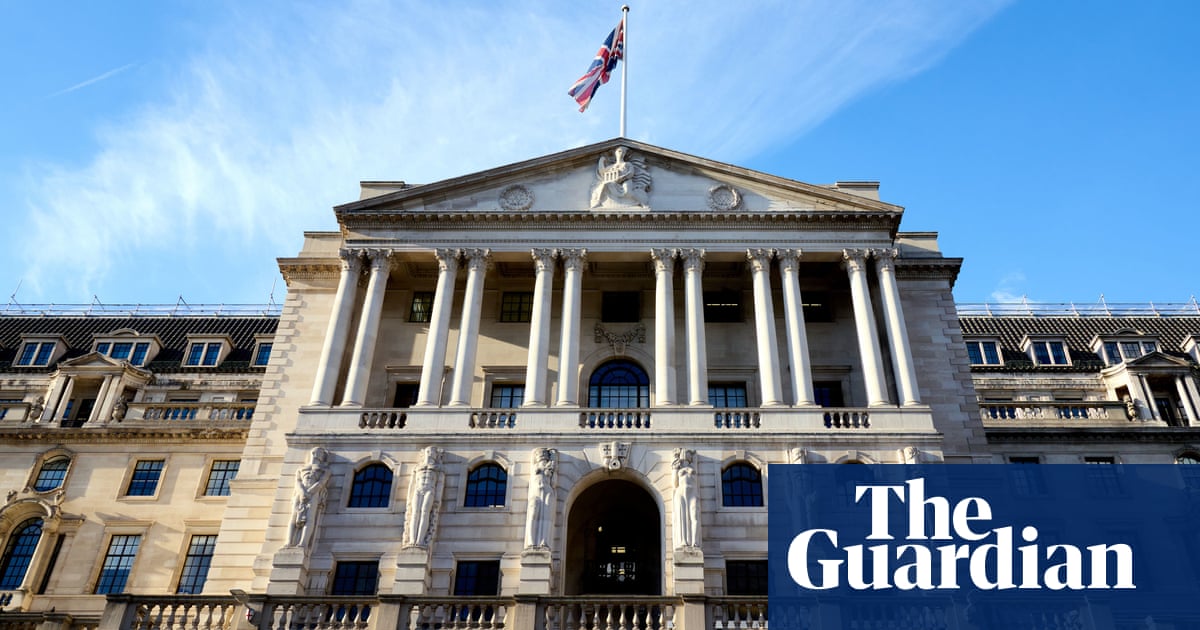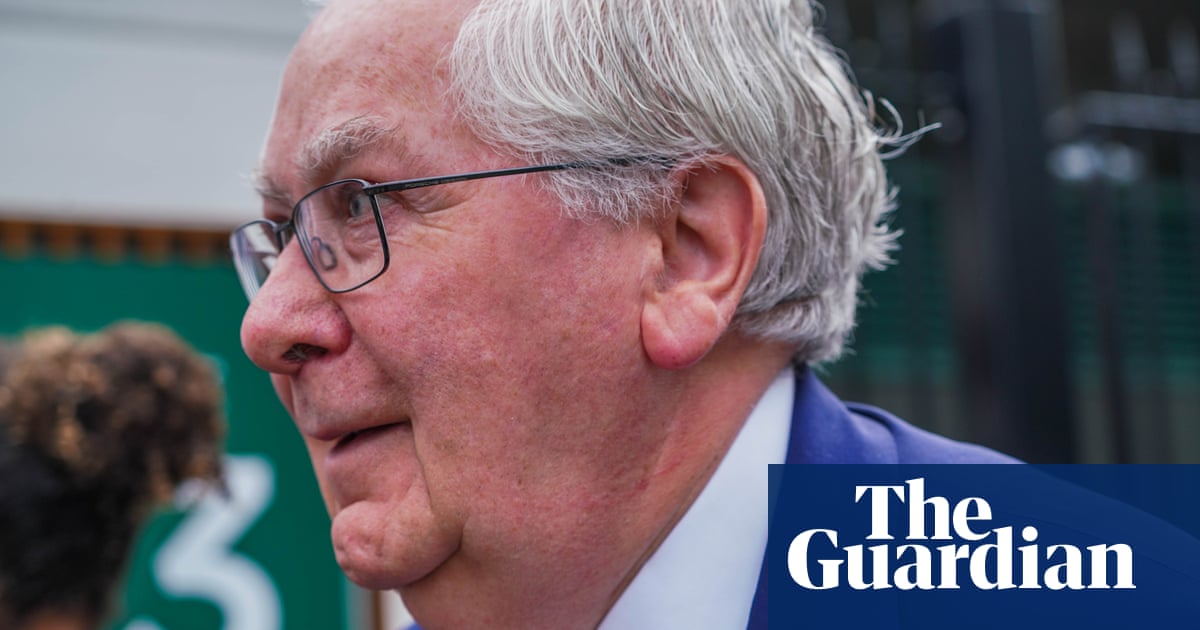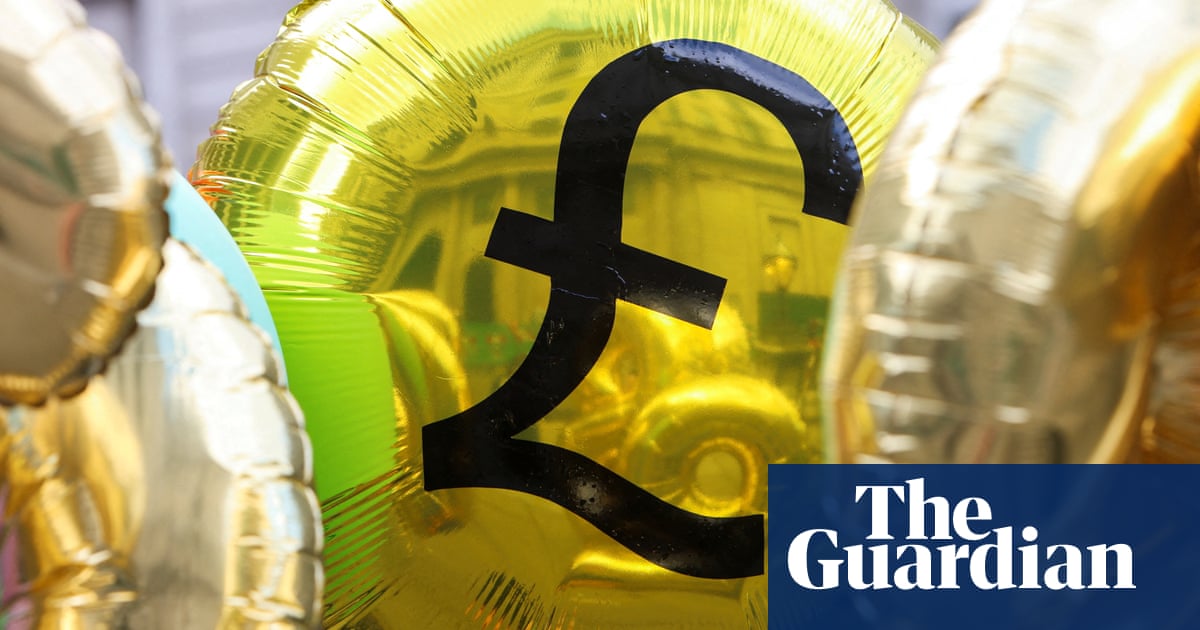
Higher interest rates will force the Bank of England to make a loss of £150bn from the sale of bonds bought to shore up the UK’s financial system over the last 14 years – an increase from a £100bn deficit projected in April.
The bill will need to be paid by the Treasury out of current spending, hitting Whitehall departmental budgets, after successive chancellors failed to set aside funds to cover the losses.
Officials at the Bank expect the government to pay about £40bn a year in 2023, 2024 and 2025, roughly £10bn a year more than estimated in April.
Last year, two of the Bank’s former deputy governors suggested it should force bond buyers to accept a lower interest rate to reduce the Treasury’s bill, but this was rejected by the governor, Andrew Bailey.
The problem stems from the quantitative easing scheme that began in 2009 and has involved buying £875bn of government bonds from banks and other financial institutions.
A decision to forward the funds to the Treasury meant the government had gained about £124bn from the bond purchases by 2022. A move to set the money aside in a separate account was scrapped and the funds were used to reduce government borrowing.
Higher interest rates reduce the market value of the bonds the bank holds and increases the interest it pays to commercial banks that will buy them over the next 10 years. The interest rate has risen from 0.1% in December 2021 to 5% as of June.
Markets currently expect the base rate to peak at 5.75% later this year, up from about 5% at the time of April’s report. When QE began, Threadneedle Street expected interest rates to rise to between 2% and 3%.
So far the Bank has reduced its gilt holdings to just over £800bn through a mix of outright sales and not reinvesting the proceeds of maturing gilts. The projections assume holdings continue to fall at their current target rate of £80bn a year.












